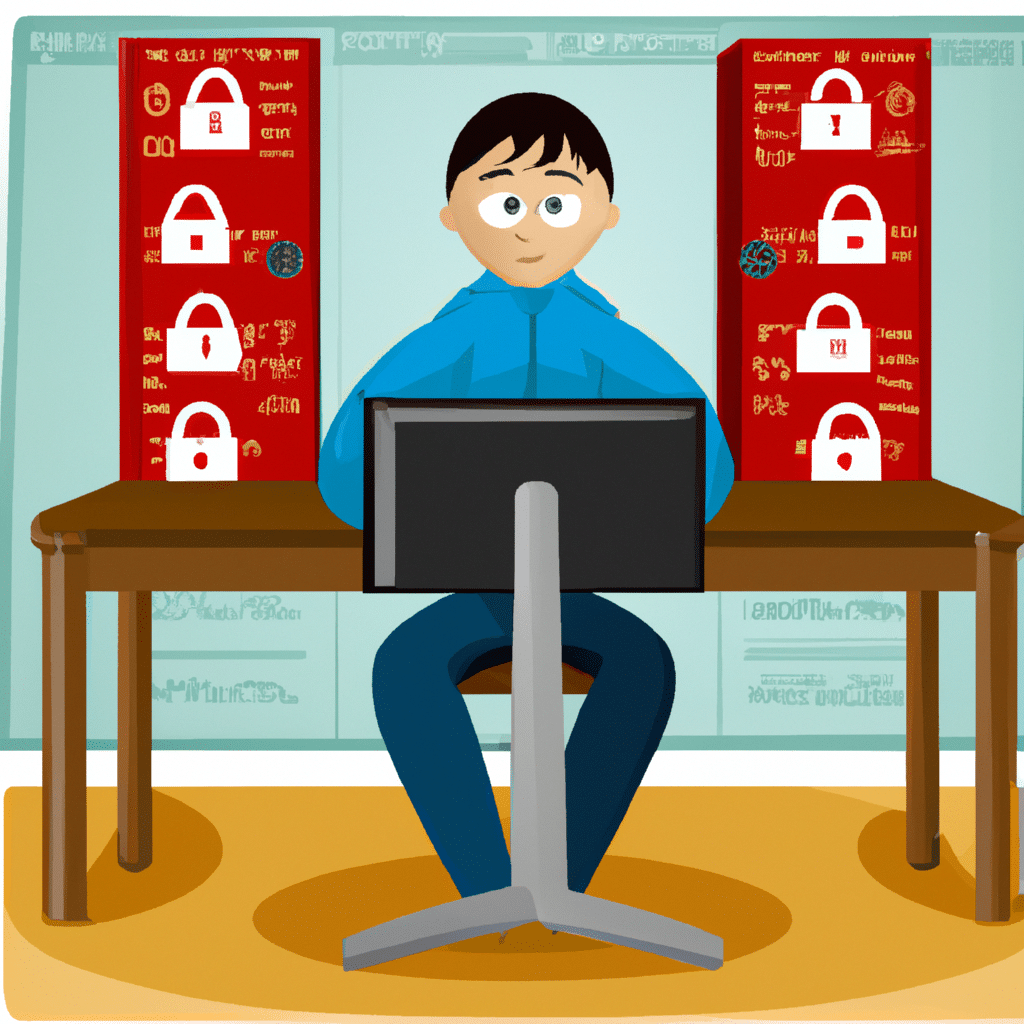How to Protect Your Computer from Physical and Virtual Intruders
As technology advances, so does the need for computer security. With the increase in cybercrime, it’s important to take proactive measures to protect your computer from physical and virtual intruders. In this article, we’ll discuss tips and tricks to keep your computer safe and secure.

Physical Security
Physical security refers to the protection of computer hardware from theft and damage. Here are a few steps you can take to enhance physical security:
1. Lock Your Computer
Always lock your computer when you’re away from it. This will prevent anyone from accessing your personal files and information. You can do this by pressing the Windows key + L on a PC or Control + Shift + Power on a Mac.
2. Use a Cable Lock
Use a cable lock to secure your laptop to a desk or table. This will prevent someone from walking away with your computer.
3. Keep Your Computer Out of Sight
Don’t leave your computer in plain sight when you’re not using it. Store it in a locked cabinet or closet to prevent theft.
4. Install Security Cameras
Install security cameras to monitor your workspace and deter thieves.
Virtual Security
Virtual security refers to protecting your computer from malware, viruses, and other cyber threats. Here are a few steps you can take to enhance virtual security:
1. Install Antivirus Software
Install antivirus software to protect your computer from malware and viruses. Make sure to keep your software updated with the latest virus definitions.
2. Use a Firewall
A firewall is a software program that prevents unauthorized access to your computer. Make sure to turn on your firewall for an added layer of protection.
3. Use Strong Passwords
Use strong, complex passwords that are difficult for others to guess. Don’t use the same password for multiple accounts.
4. Enable Two-Factor Authentication
Two-factor authentication is an extra layer of security that requires a second method of authentication, such as a code sent to your phone, in addition to your password.
5. Be Careful When Downloading Files
Don’t download files or attachments from unknown sources. This can be a way for hackers to gain access to your computer.
6. Keep Your Software Updated
Make sure to keep your software updated with the latest security patches. This will prevent hackers from exploiting vulnerabilities in outdated software.
Conclusion
In conclusion, protecting your computer from physical and virtual intruders is essential in today’s digital age. By taking proactive measures to enhance physical and virtual security, you can reduce the risk of cyber threats and keep your personal information safe. Remember to always lock your computer, use strong passwords, and keep your software updated. Stay safe and secure!












